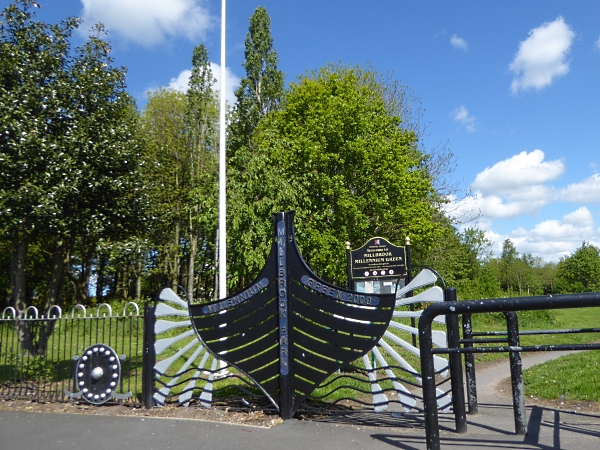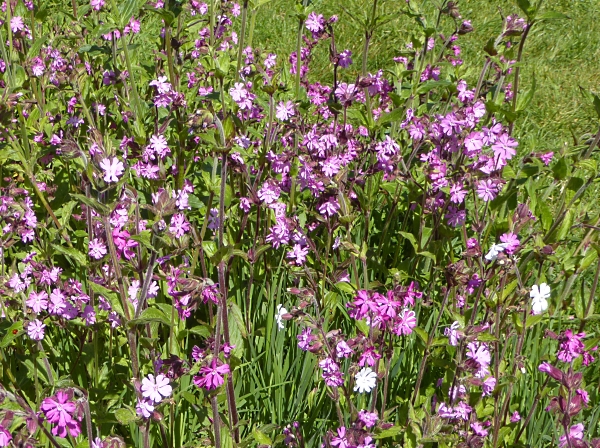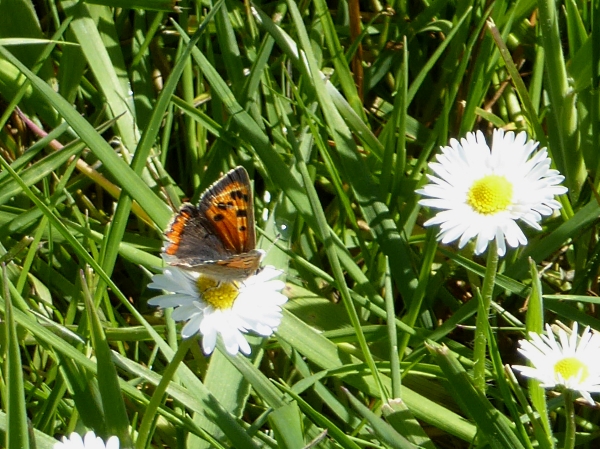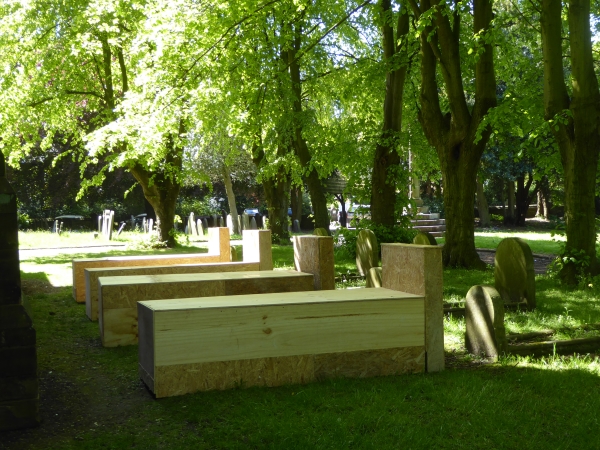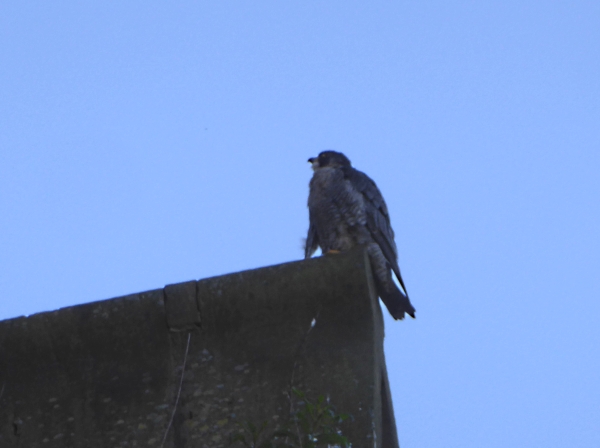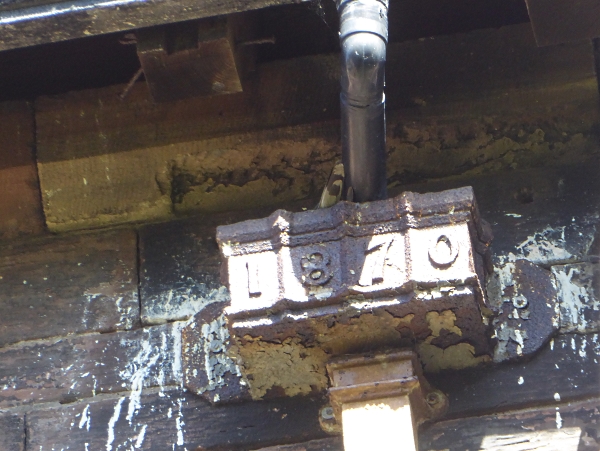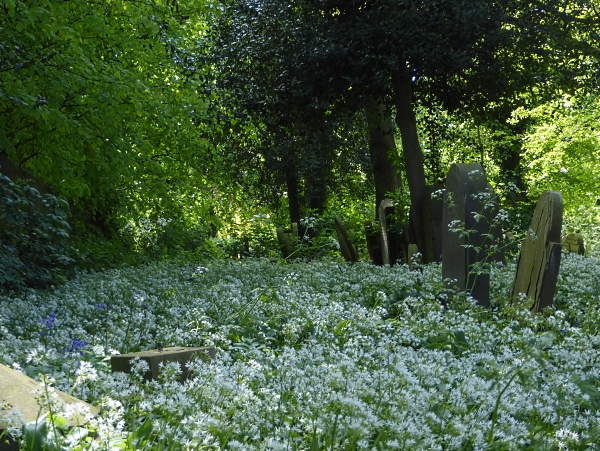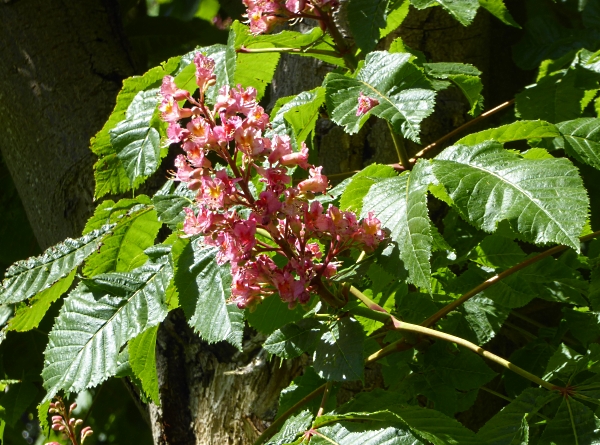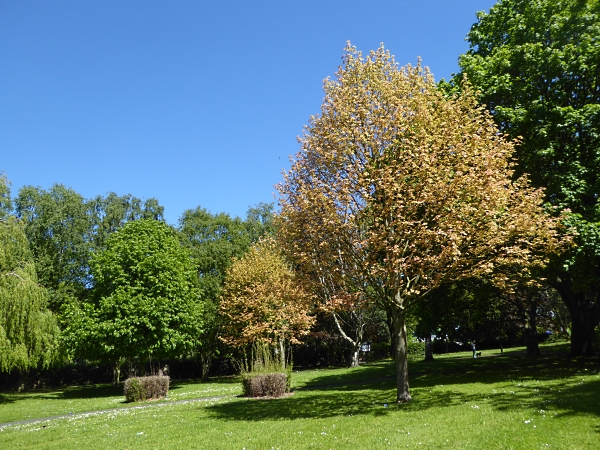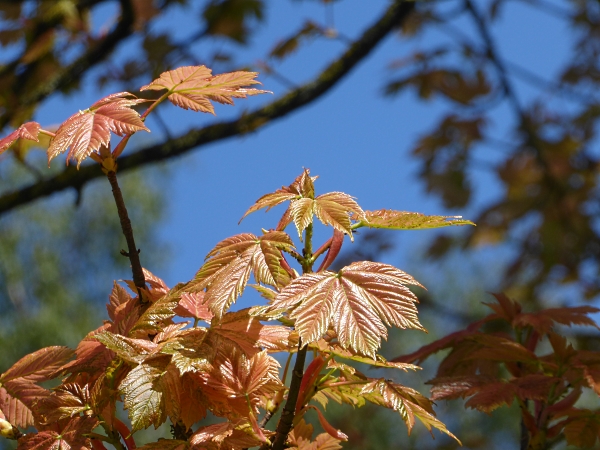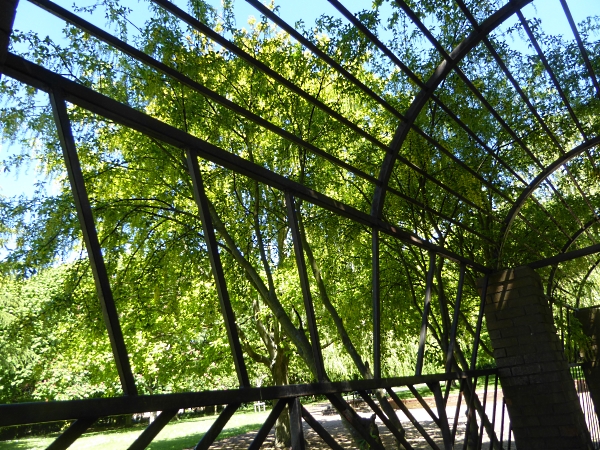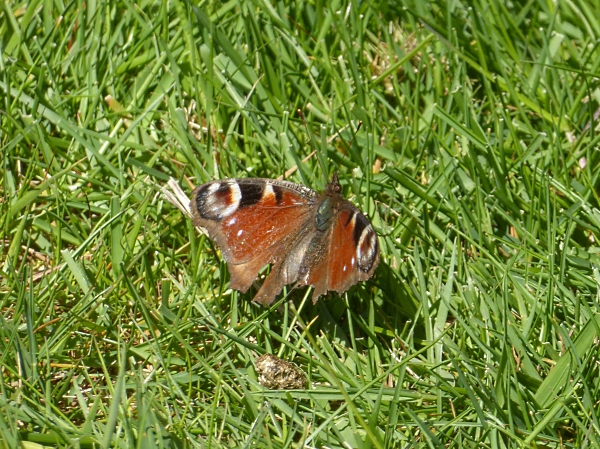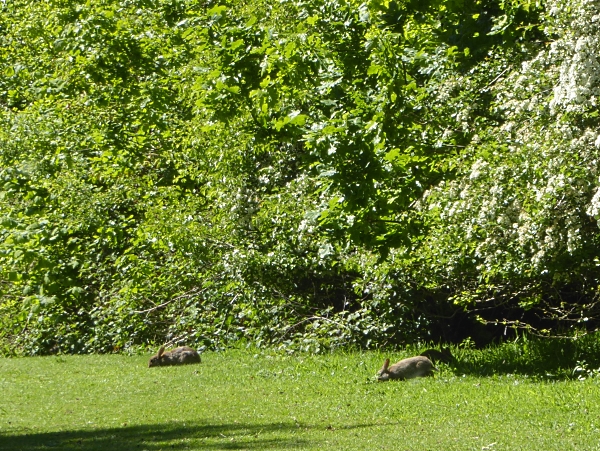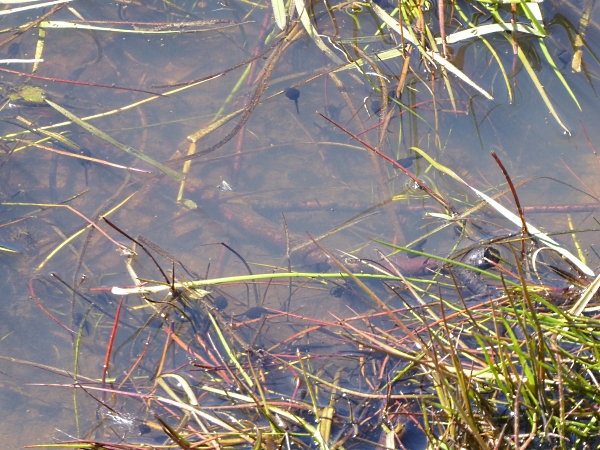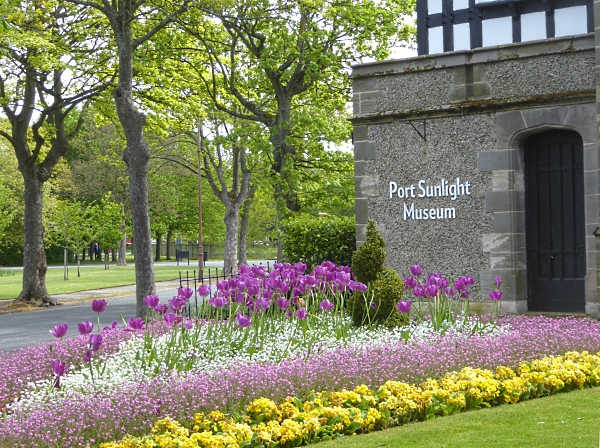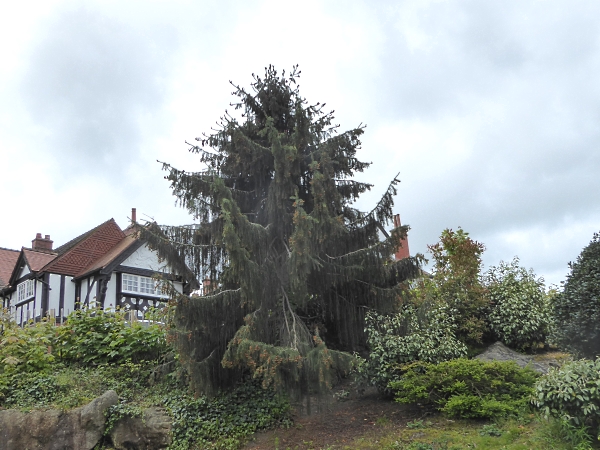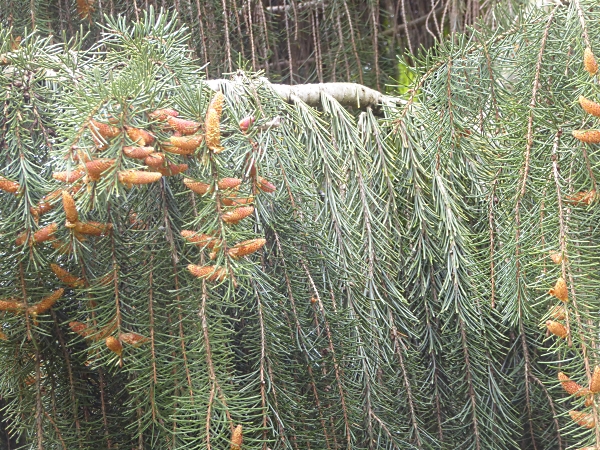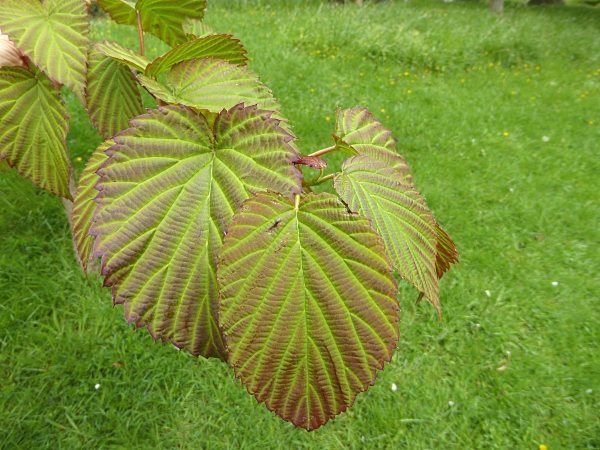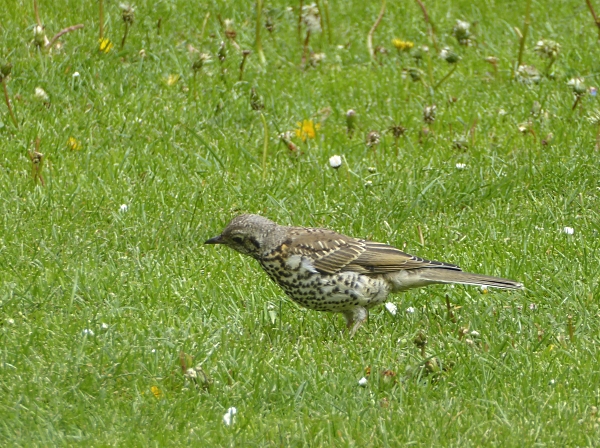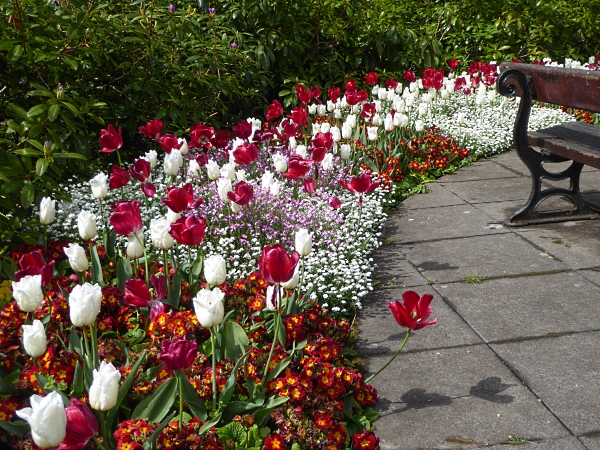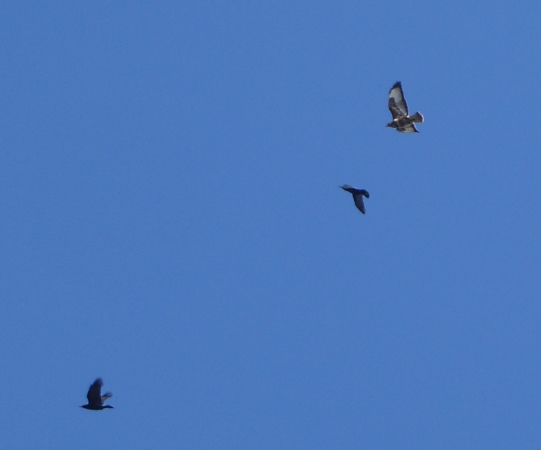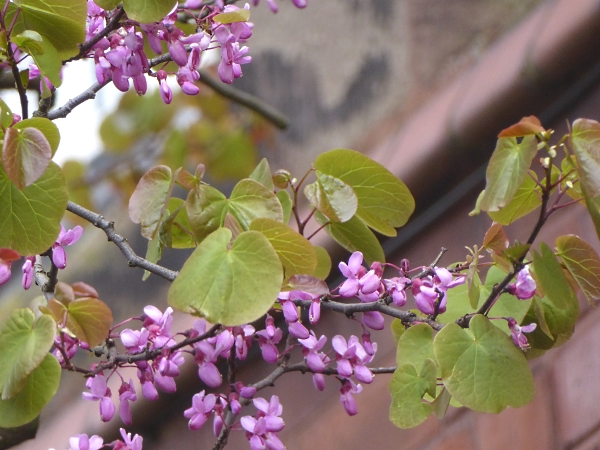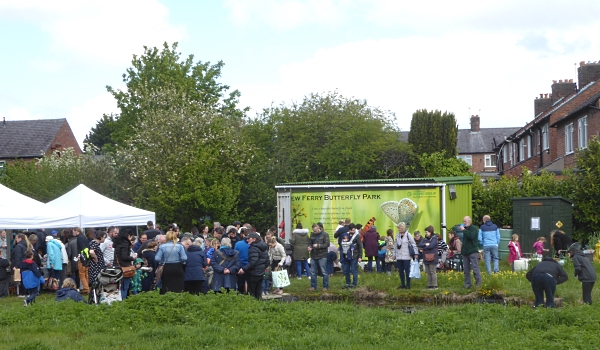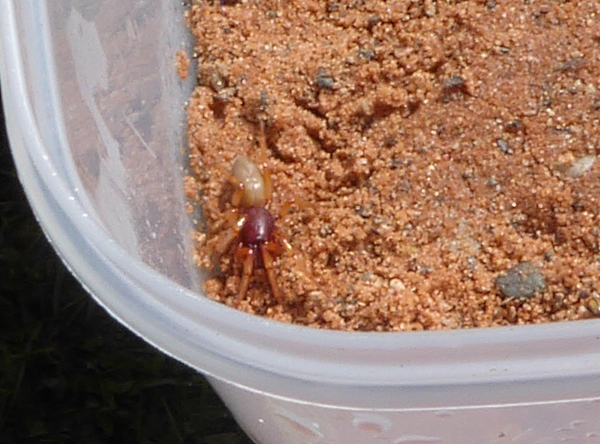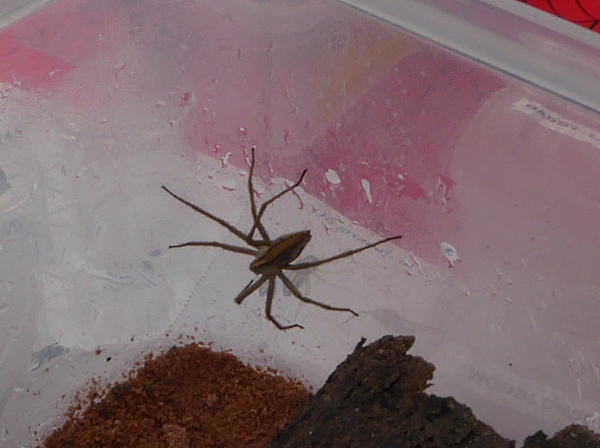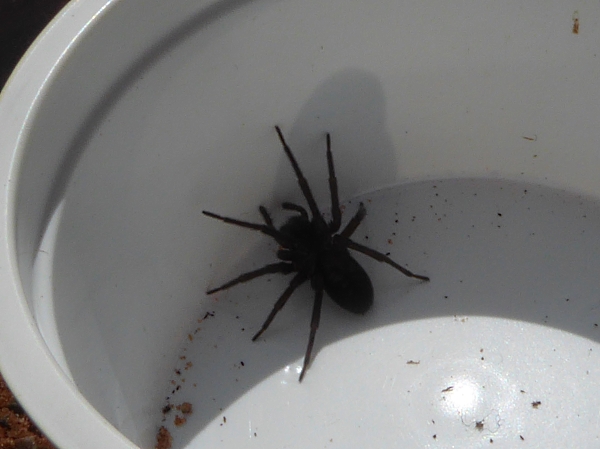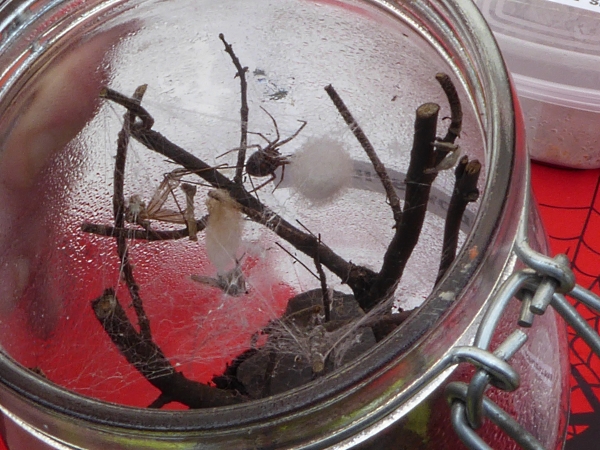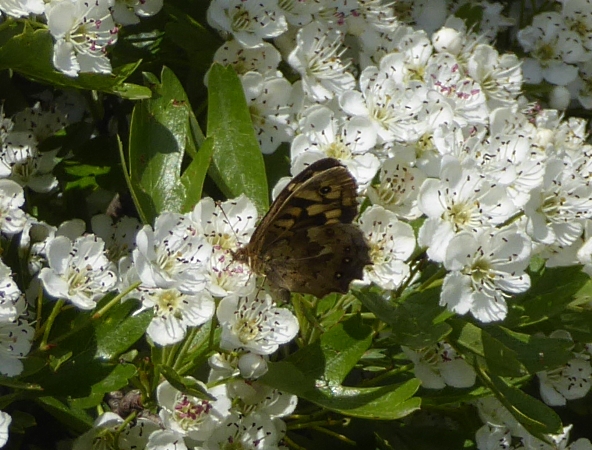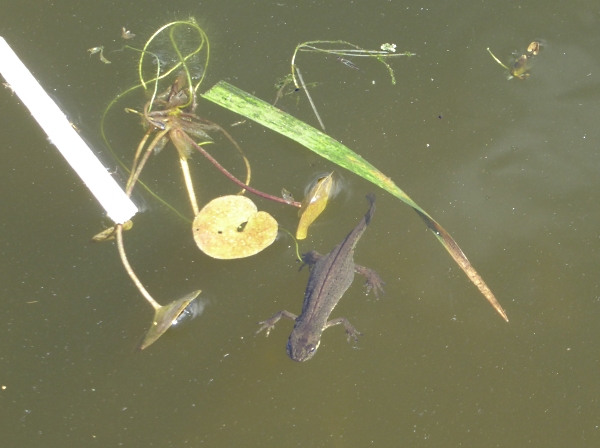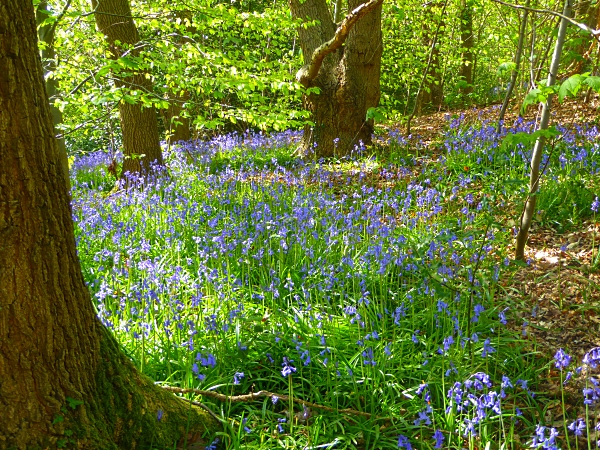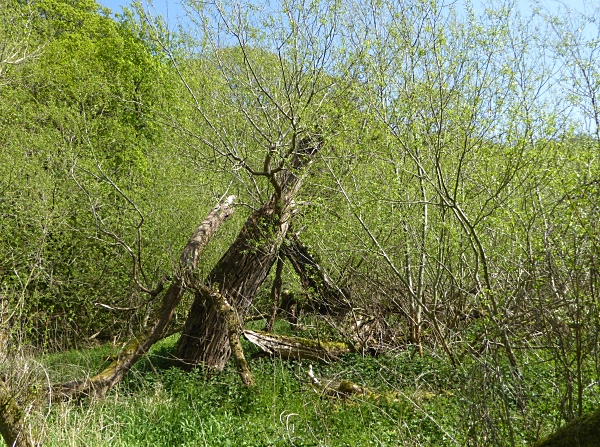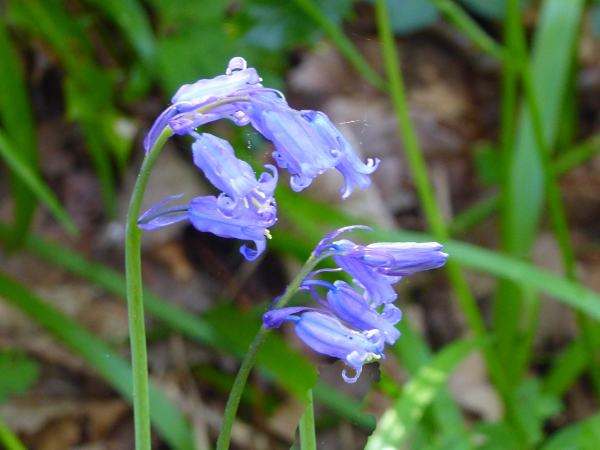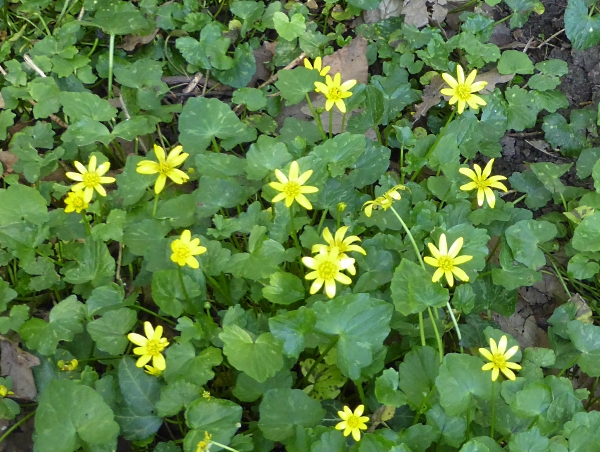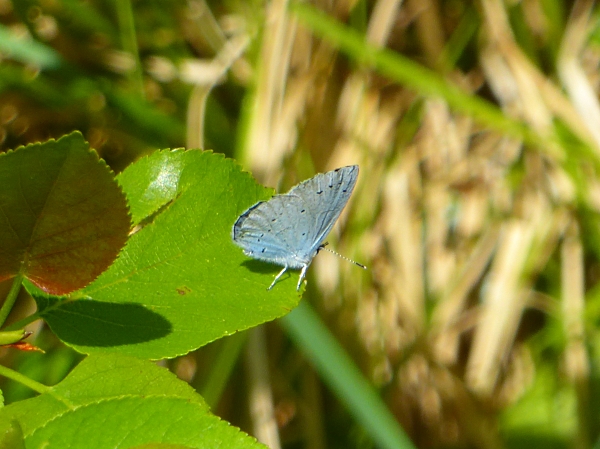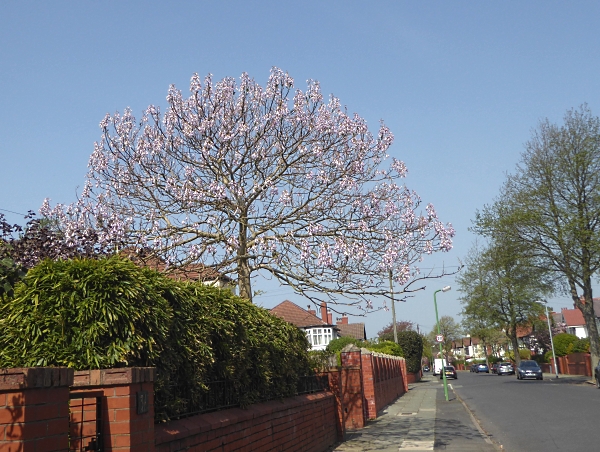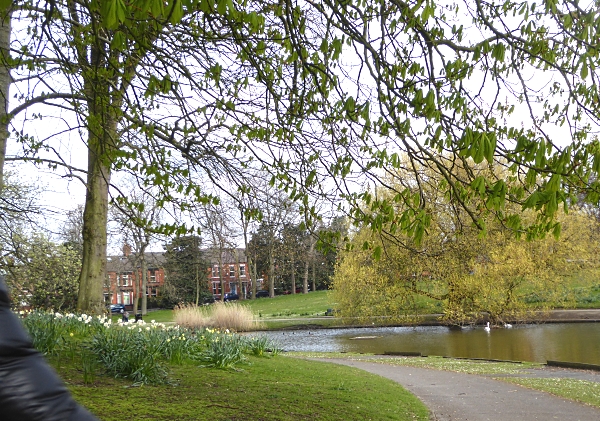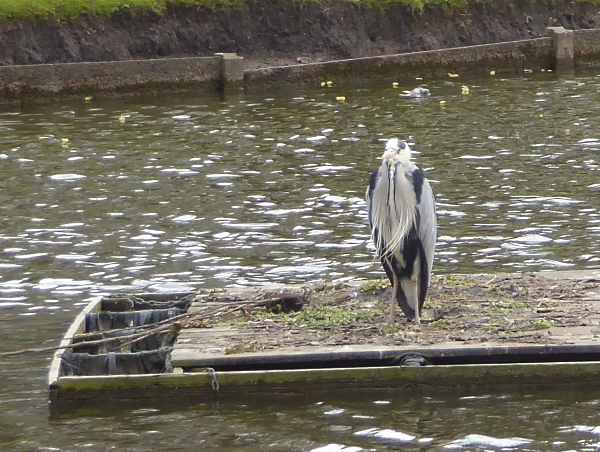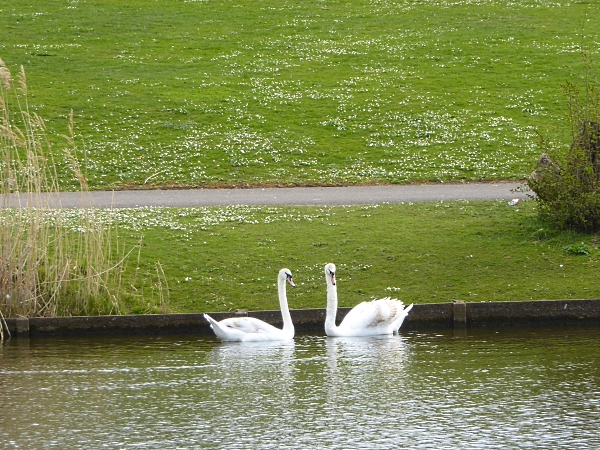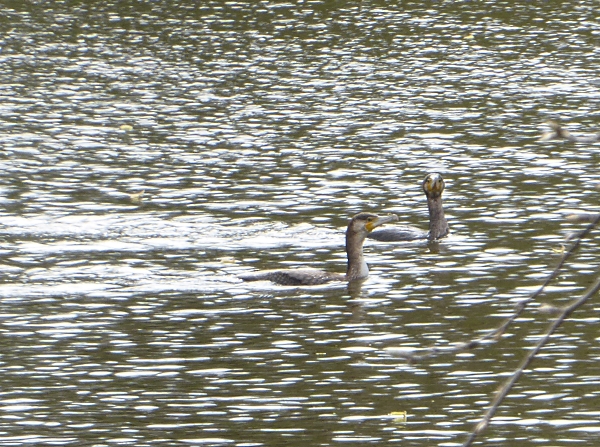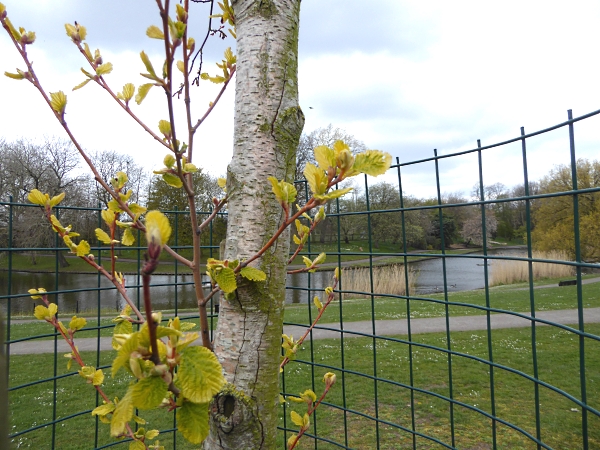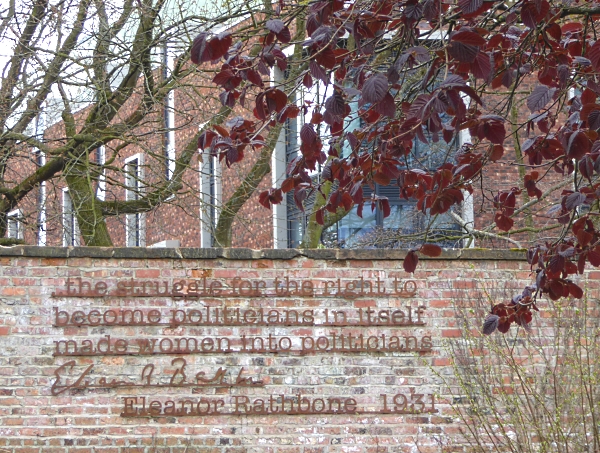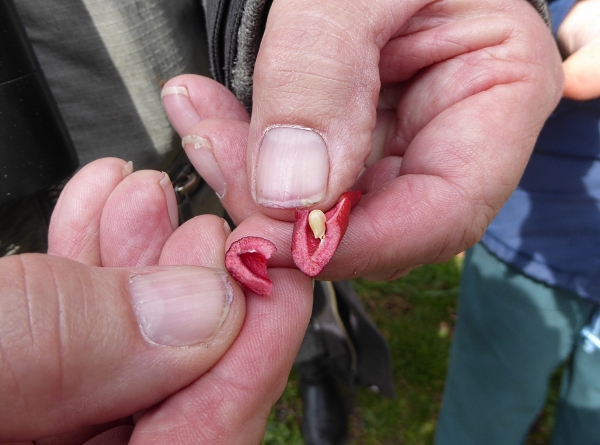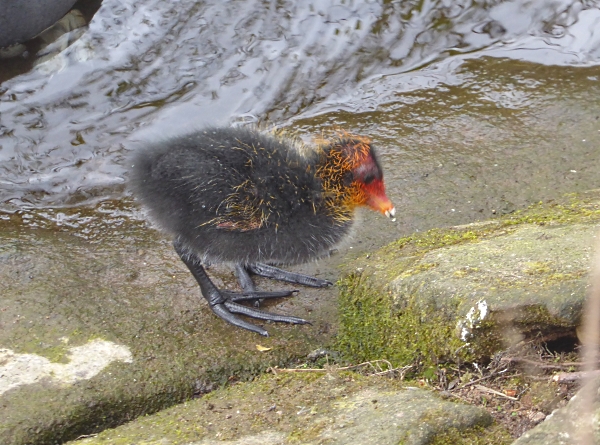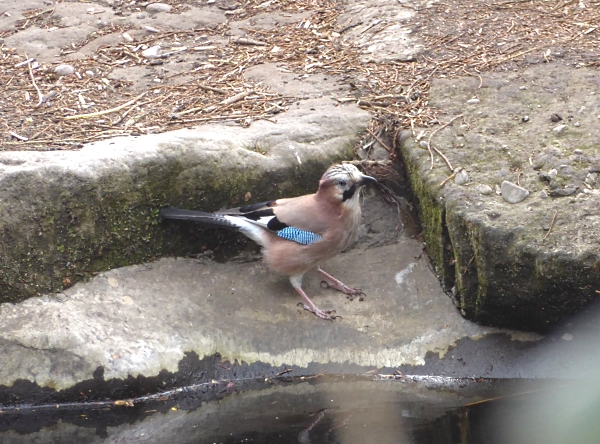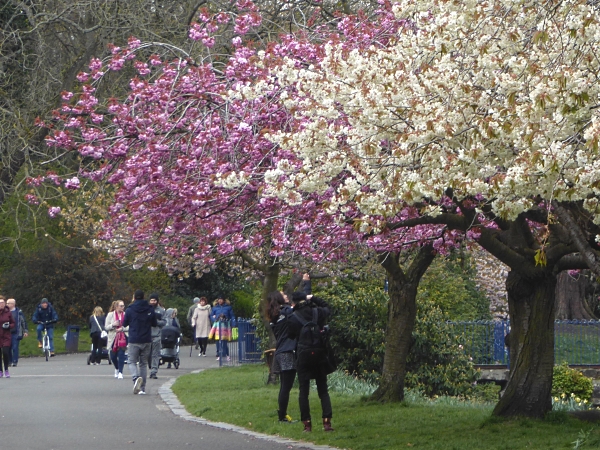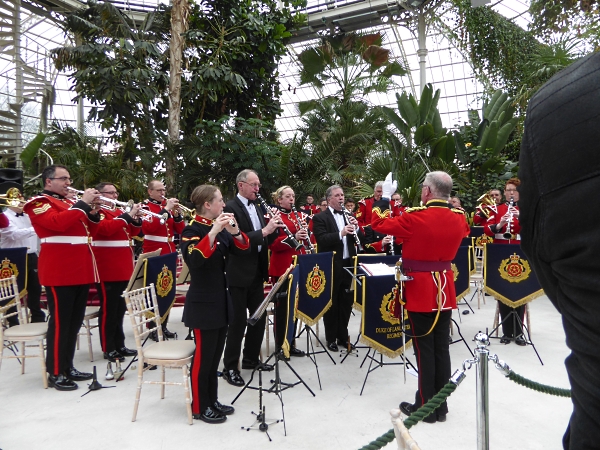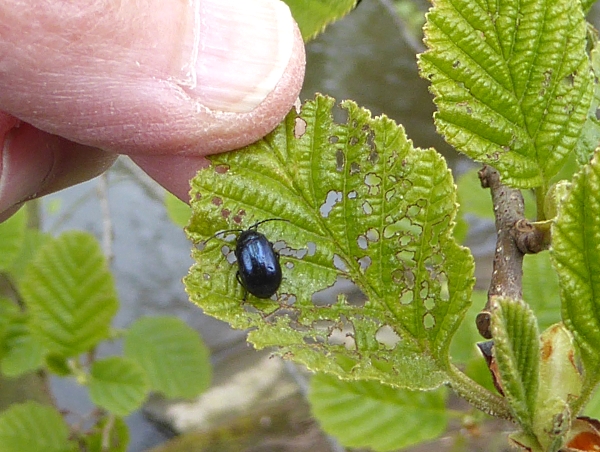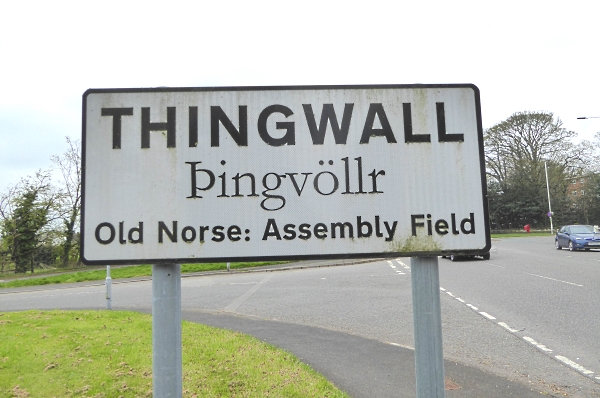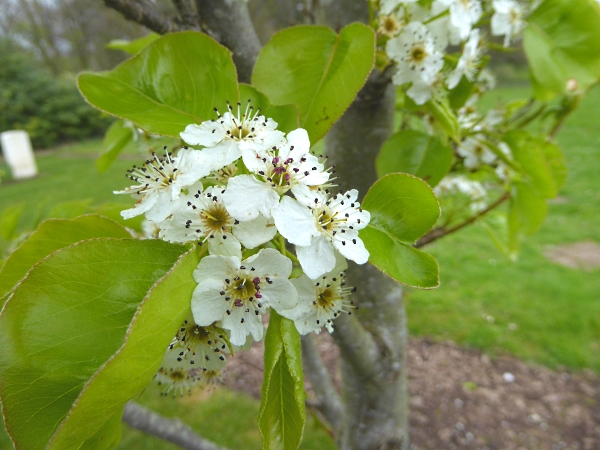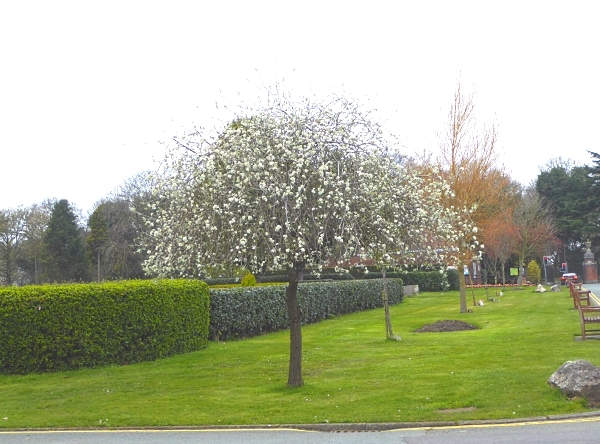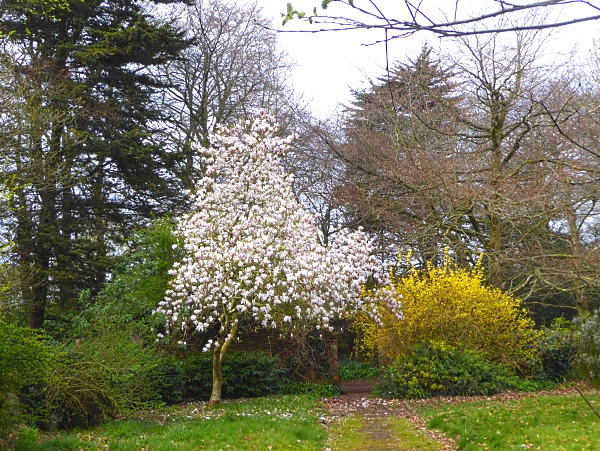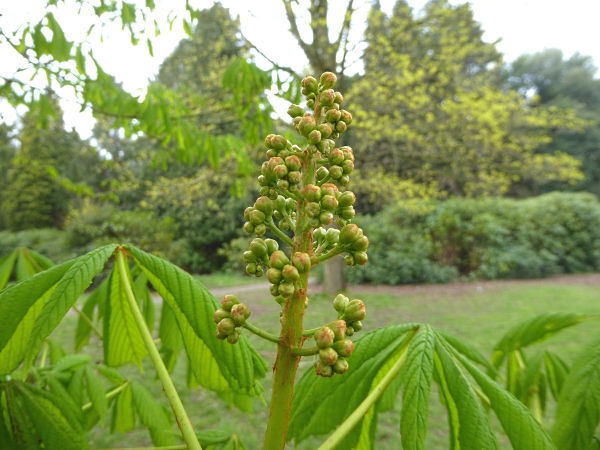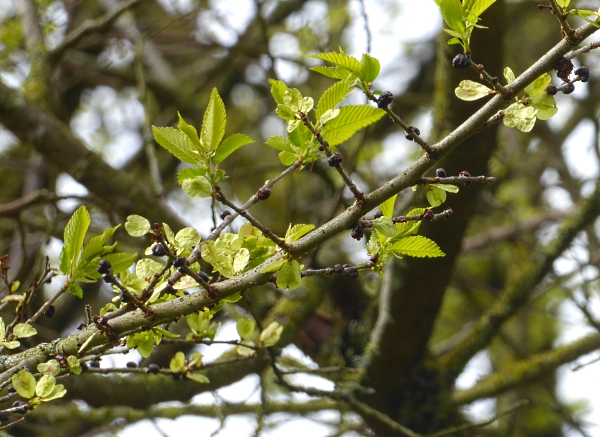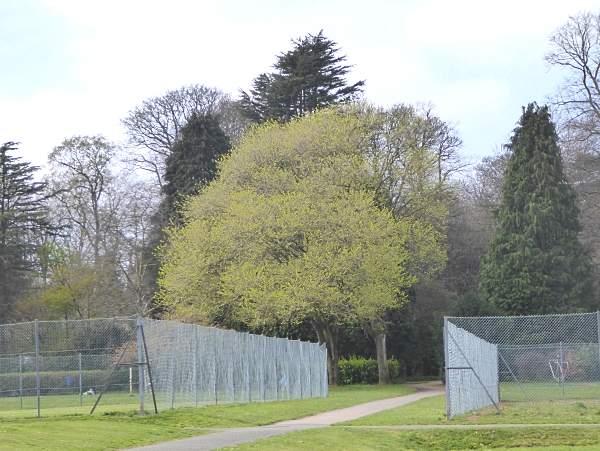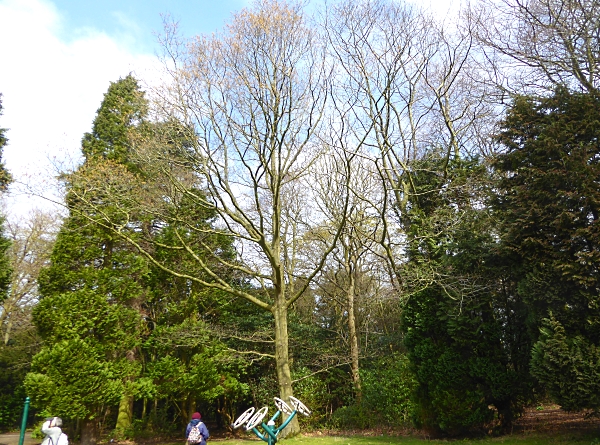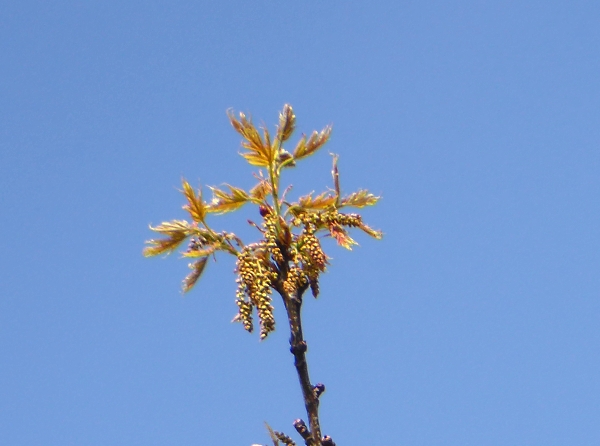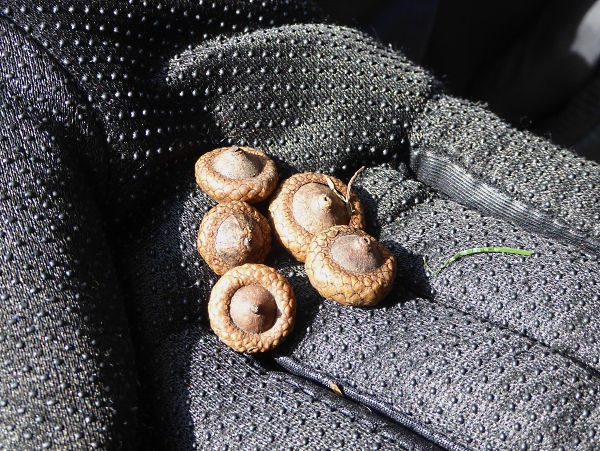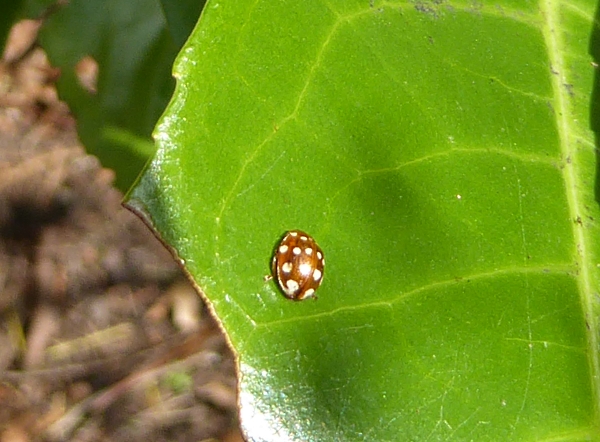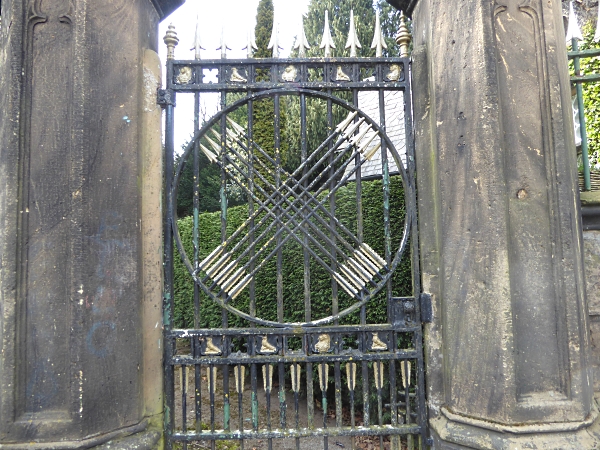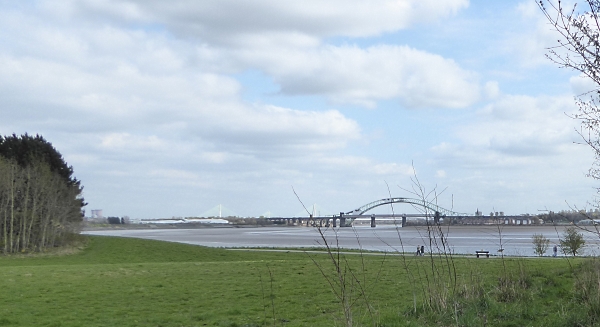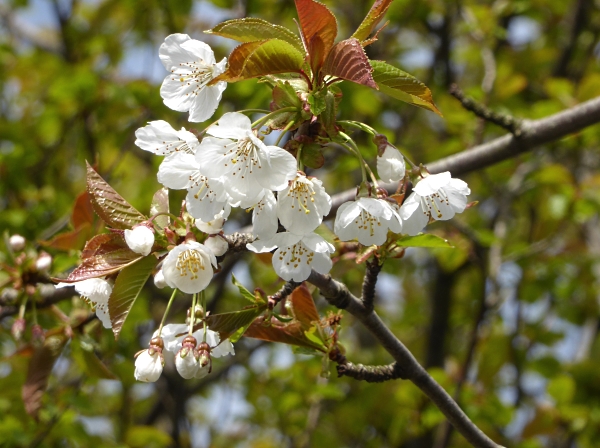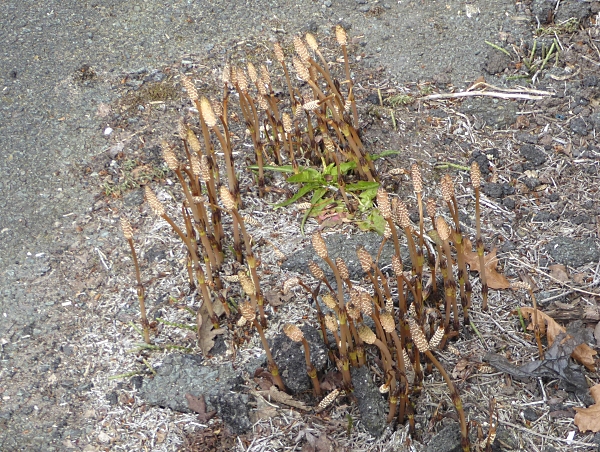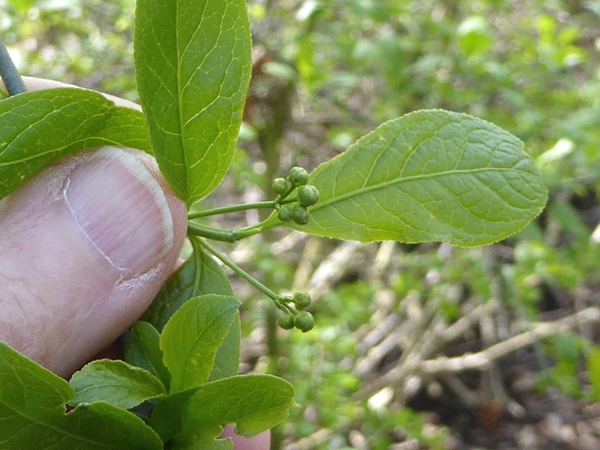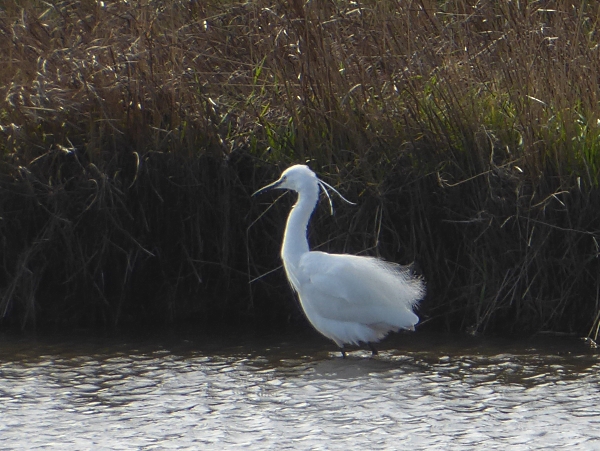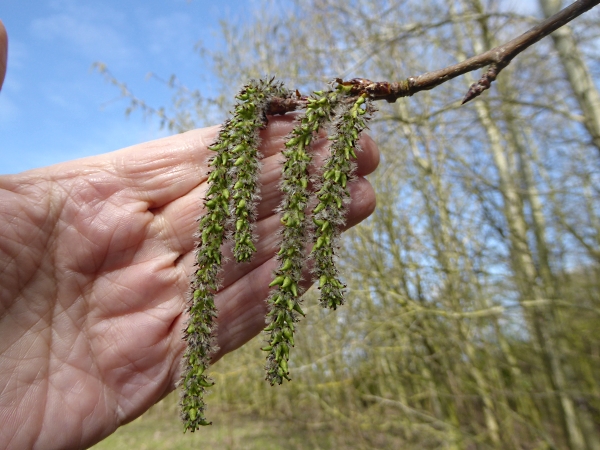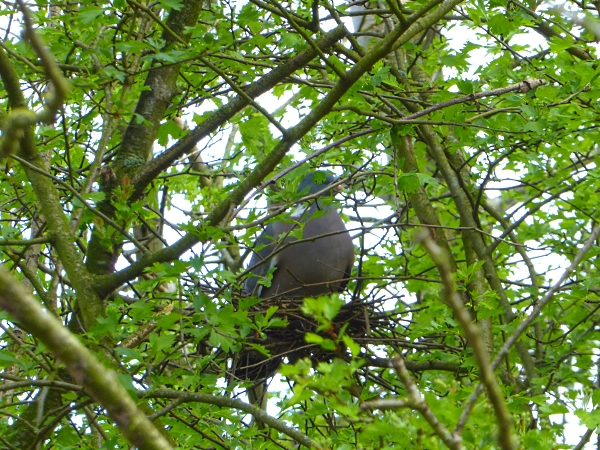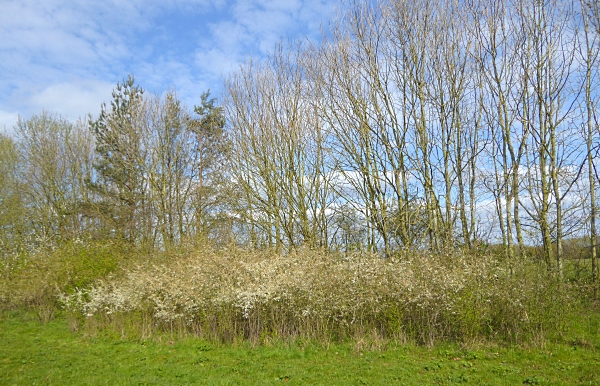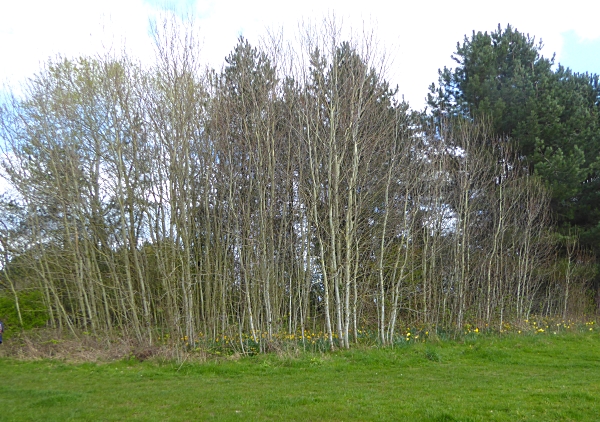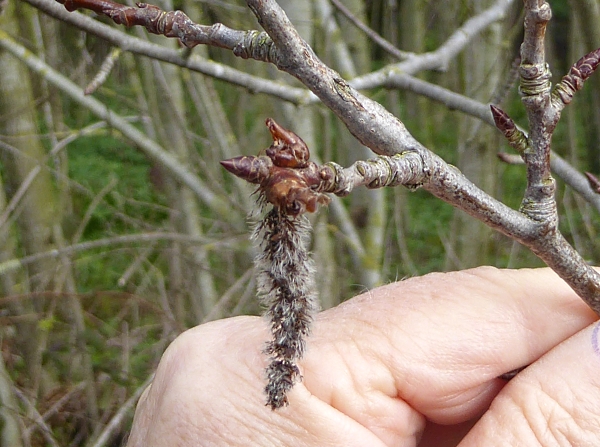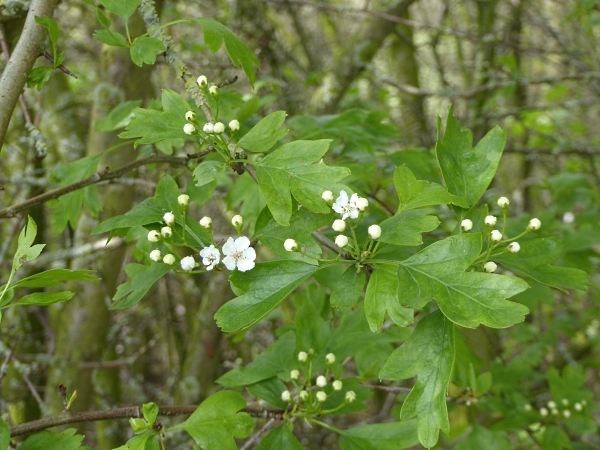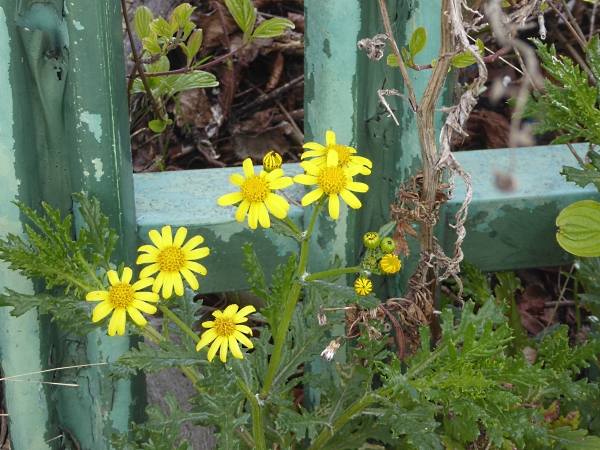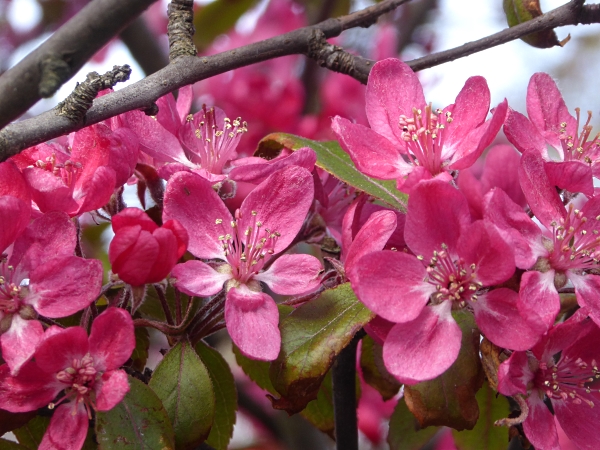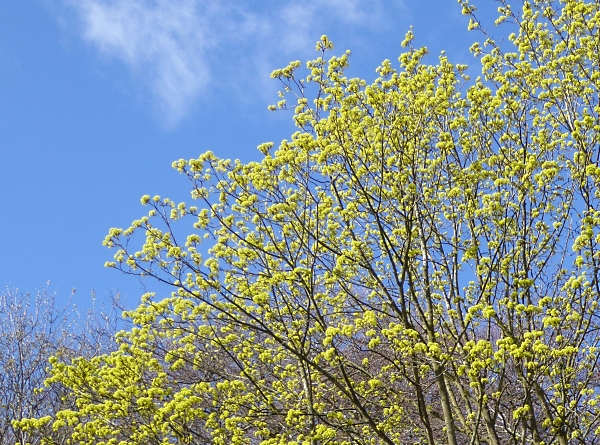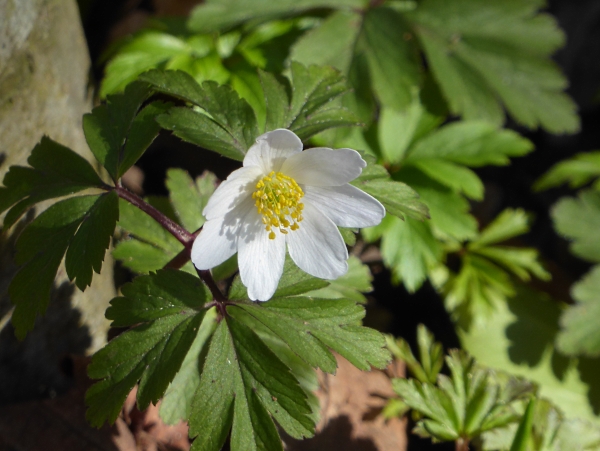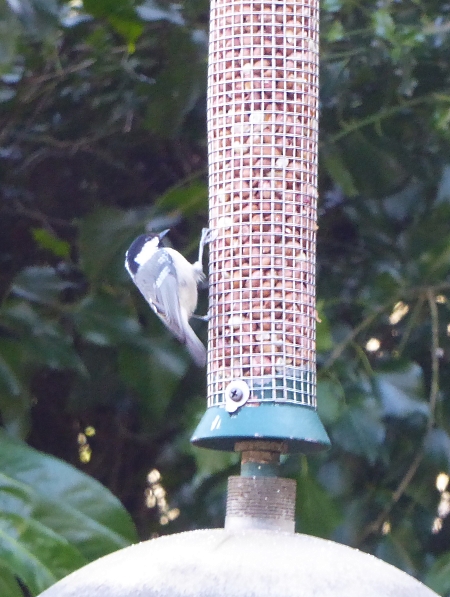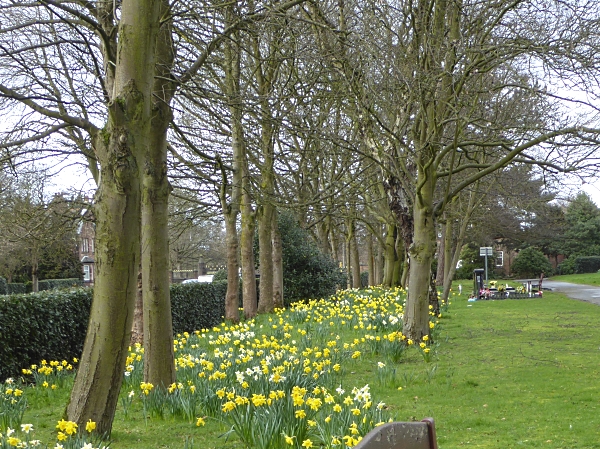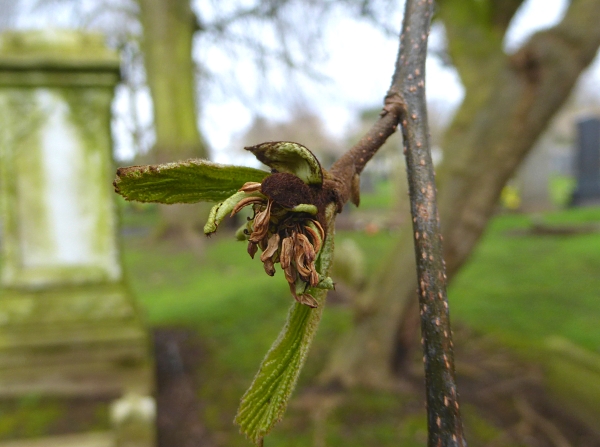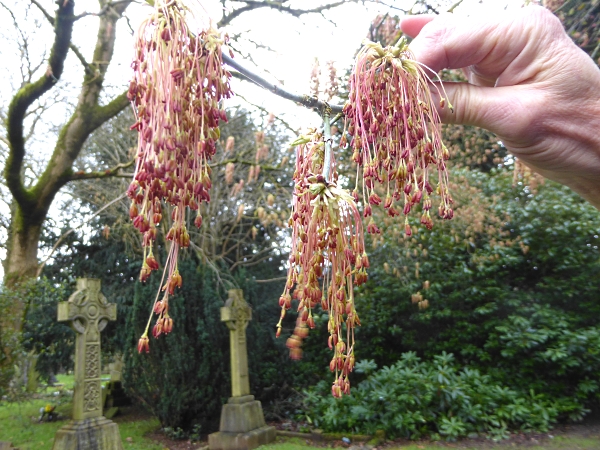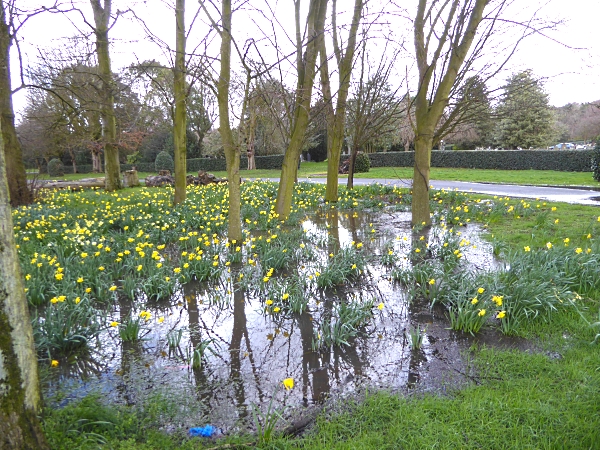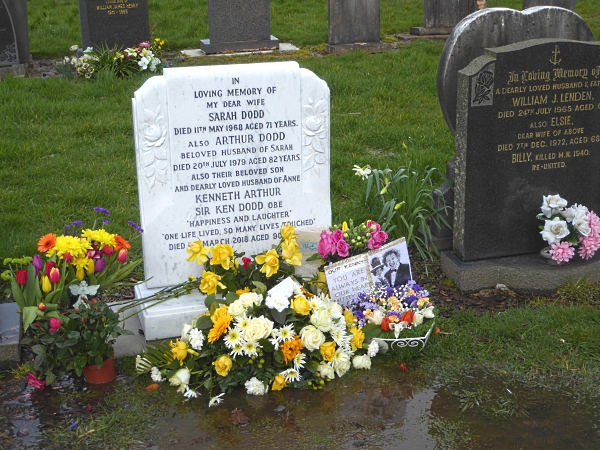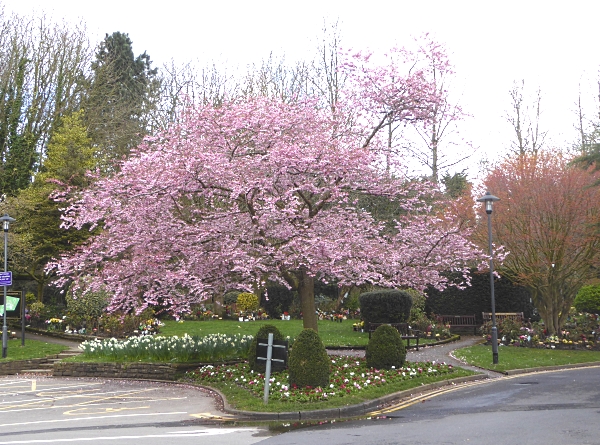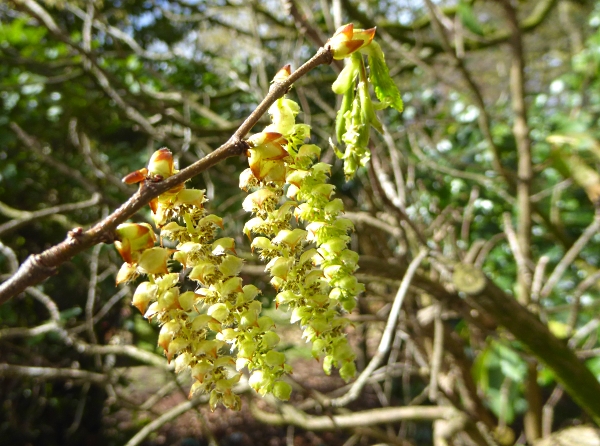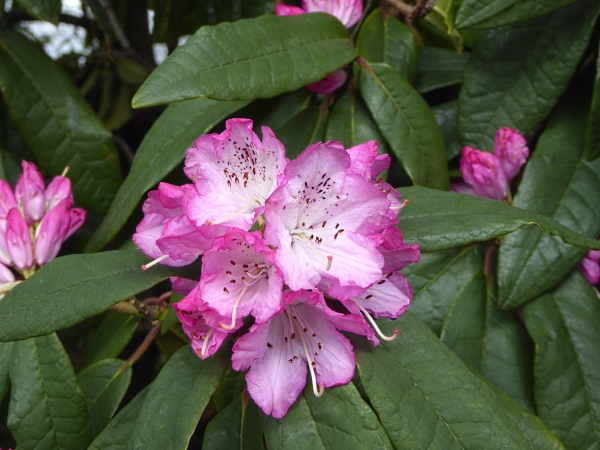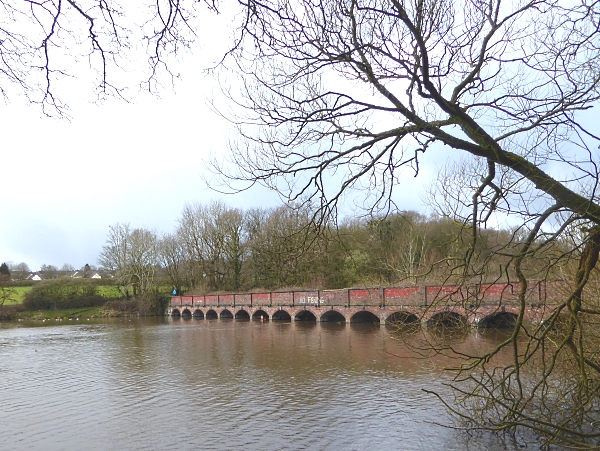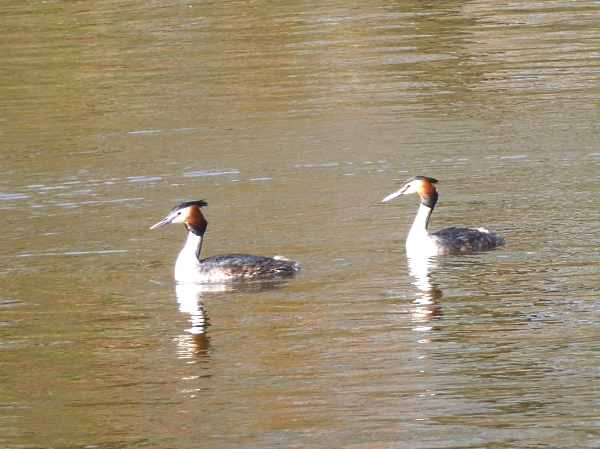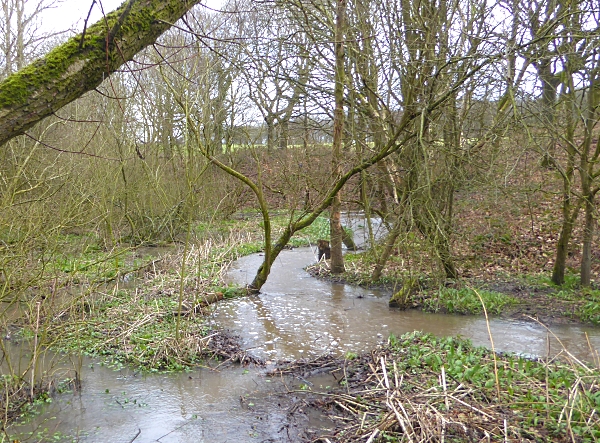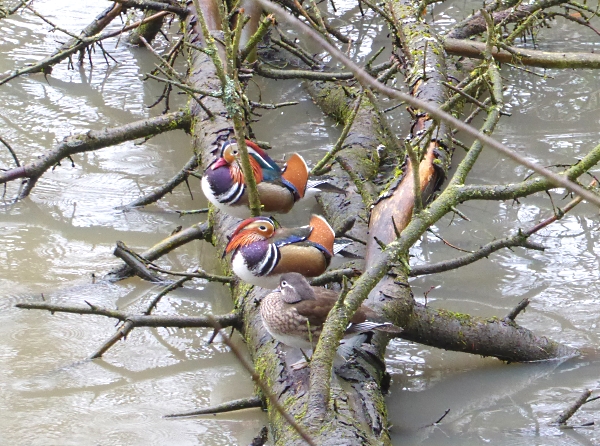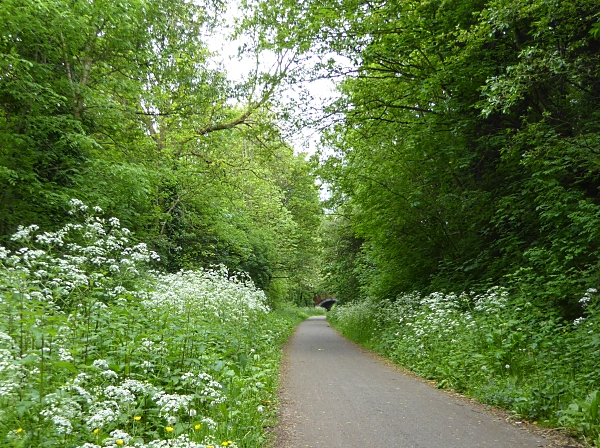
Today we walked three and a half miles of the Liverpool Loop Line, a green corridor through the city suburbs from Aintree to Halewood. It is the old route of the Cheshire Lines railway, which was abandoned by British Rail in 1964. It became quite derelict until 1986 when plans were drawn up for its conversion to a walking and cycling route. Construction began in 1988, and the final section to Aintree opened in 2000. It is now National Cycle Network route 62 managed by Sustrans, and is part of the Trans Pennine Trail. Direction signs for both appear at main access points.
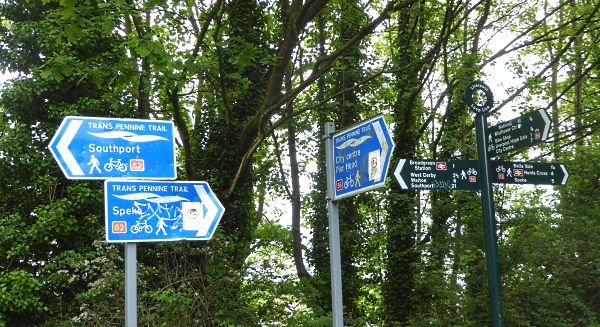
We were passed by many cyclists, a few runners and a few family parties out for a stroll, but mostly we had it all to ourselves. It was a wonderful day for wildflowers, with Cow Parsley lining the path. Most of the Dandelions had gone to seed, and we also noted one of the Sow Thistles, what was possibly Hedge Mustard, Wild Garlic, Green Alkanet, Dog Rose, Three-cornered Leek. Forget-me-Not, yellow and orange Welsh Poppies, Wood Avens, Buttercups, Bindweed, Comfrey, the remains of Spanish Bluebells (some white, some pink), the leaves of Coltsfoot, Garlic Mustard, Red Clover, Red Campion and White Dead-nettle.
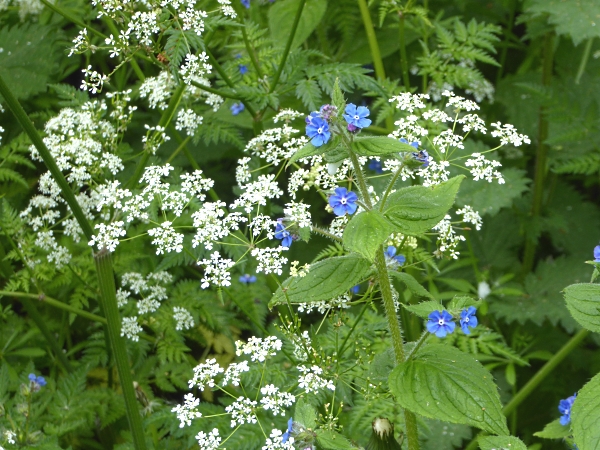
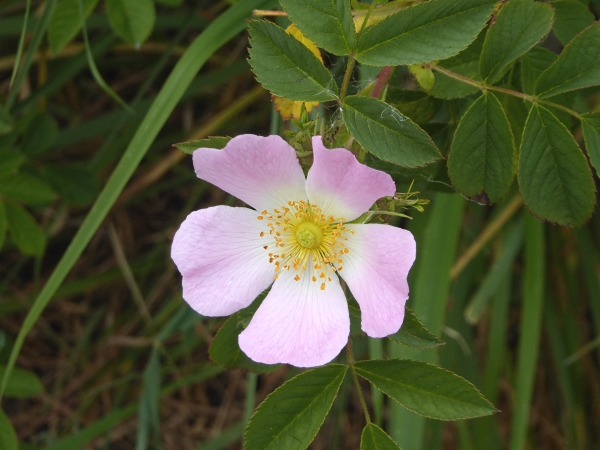

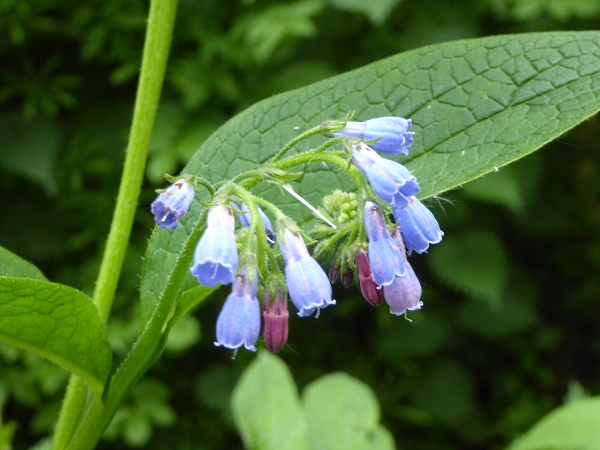
In the shady damp spots under bridges and in wet ditches were large carpets of European Speedwell or Brooklime, whose Latin name is the memorable Veronica beccabunga.
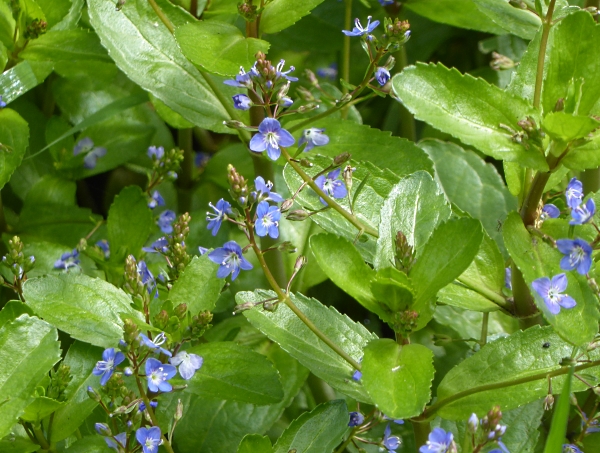
There were lots of Stinging Nettles too, many with ladybirds sunning themselves on the leaves. They seemed to be all the invasive Harlequin ladybirds. The nettles were flowering, and they come in both male and female plants. Apparently the male catkins are purplish, so these must be them.
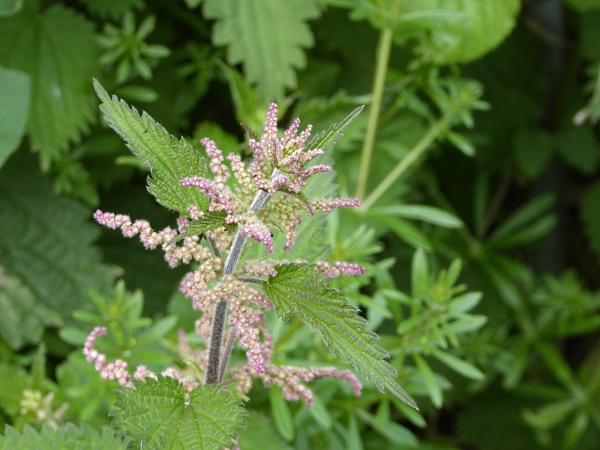
A Blackthorn tree had some young sloes just forming, but many were distorted and rotten-looking. This must be the fungal infection Taphrina pruni, which is closely related to T. padi, which we saw distorting Cherry Plums a few weeks ago. On Blackthorn it causes cashew-shaped galls which are sometimes called “Pocket Plums” because the fungus destroys the stone and seed leaving an indentation. It’s bad news for the foragers who will be hoping to make sloe gin in the autumn!

Blackbirds and Robins sang us all the way along. The hedges had plenty of Great Tits, Blue Tits, Chaffinches and Wrens and we heard a Greenfinch singing. Occasional timid Dunnocks crept out onto the path when it was quiet. A Whitethroat was singing in a high bare tree and a Song Thrush joined in from a less-obvious perch.
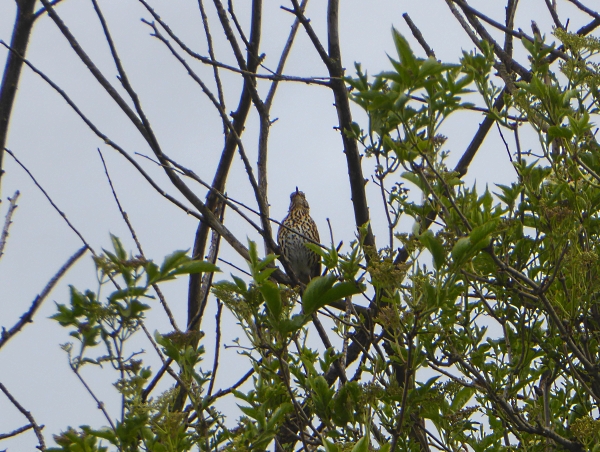
The trees lining the path were mostly native Hazel, Birch, Willow, Oak and Ash. There was Elder lower down, with the flowers just starting to open. In one place was a bright yellow Laburnum and another junction had a large stately Silver Pendent Lime. A dense spherical tuft in a Birch made us consider Mistletoe, but it had Birch leaves on it, so it was just Witch’s Broom. A small bird flew out of it, so might have been nesting there. South of the M62 there was a Magpie feeding on something on the path. A sad Corpse of the Day, probably a nestling Blackbird (and rather too gory-looking for a close-up). After we passed, the Magpie came back to its lunch
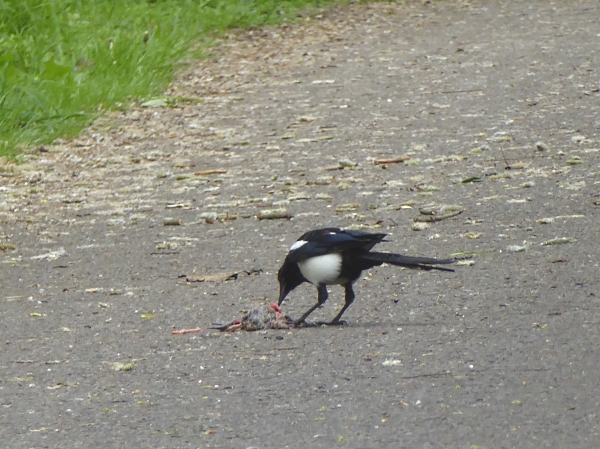
The only butterfly of the day was a Holly Blue near Well Lane. Past Lyndene Park we heard a bird singing very melodiously between flitting back and forth, but it was neither a Robin nor a Blackbird. A Blackcap! We only had a glimpse, but it was enough to be sure. We don’t see many of those.
We left the path at Belle Vale Road and went into the little park there, where there is a large Turkey Oak. Most of the catkins were brown and shrivelled, but a few seemed to be developing small red or black berries. Were they some kind of gall? I have consulted “Oak Galls in Britain” by Robin Williams, which is available on line.
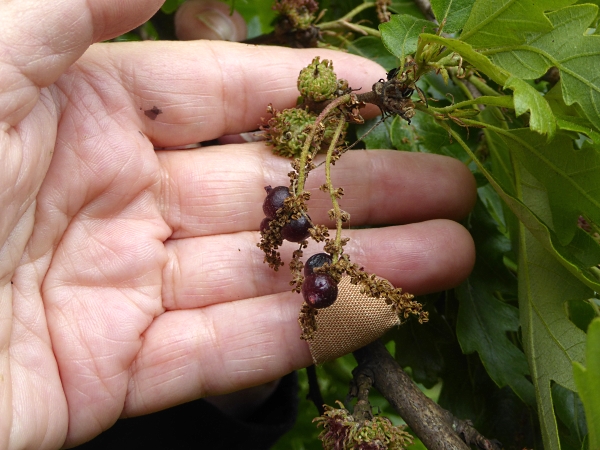
Only three Andricus wasps produce galls on Turkey Oak catkins, and these must have been one of the rarer ones, the sexual generation of Andricus grossulariae. The galls are said to be “5.5 x 7mm, unilocular but found in numbers together; deep purple; rounded, with point.” That looks right. Later in the year the wasp will also have an asexual phase in acorn cups producing “agamic galls”. There are only 23 records of it on the NBN atlas, most in the Midlands and two or three near Glasgow. The wasp is moving north since its arrival in Britain in 2000.
Public transport details: Bus 10A from Queen Square bus station at 10.02, arriving East Prescot Road / Chatterton Road at 10.22. Returned from Rose Brow / Woolton Hill Road on the 75 at 2.31, arriving city centre at 2.55.

